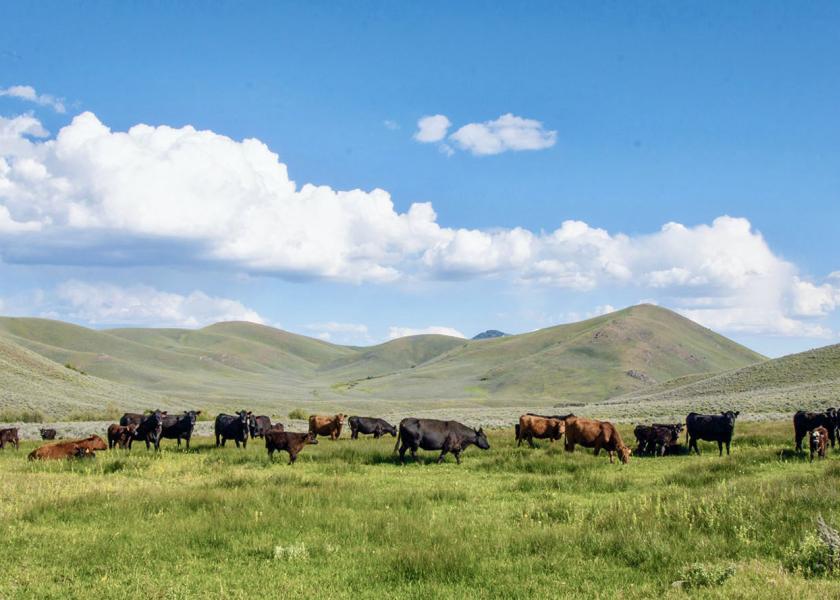Nalivka: Downsizing the U.S. Beef Industry?

As costs of production continue to increase in the U.S. beef industry, the need to increase economic efficiency will also increase. Energy is one of the most critical inputs to agriculture and based on the current administration’s war on petroleum production and use in the U.S. one would be hard-pressed to think prices will fall appreciably. Their most recent announcement came this week with the cancellation of seven oil and gas leases on Alaska’s Arctic National Wildlife Refuge as well as limiting production on the National Petroleum Reserve in Alaska.
In addition to the price analysis, the other important aspect of market economics is structural change driven by business decisions at all levels of the industry. While market prices for beef and cattle production impact margins and short-term decisions at every level of the supply chain, decisions concerning the long-term financial health and planning are driven by other factors as well – factors that lead to structural change. I am referring to adjustment that is permanent. Costs of production is one of these and while it typically has been viewed from a shorter-term perspective, under the current political environment, it has shifted to a longer-term issue regarding financial planning. This includes all sectors of the industry. Other key issues that will drive long term decisions will be over-capacity, labor, and for ranches in the West, Federal grazing leases.
Demand has improved significantly and supported record prices which if maintained, will lead to improved cow-calf operating margins for the next 2 – 3 years. However, the industry’s adjustment to the above-mentioned longer-term issues will still play out. The U.S. beef industry is on course toward downsizing to a smaller footprint as every sector consolidates to achieve economic efficiency through economies of scale. I understand how threatening this may sound, but increasingly, it will come down to economic reality, a reality that has always existed in agriculture, particularly with escalating production costs. One response might be that we have always had ups and downs to the market and drought and thus, the cattle cycle. I agree. However, decisions in response to those factors that generate the cattle cycle leads to more long-term structural change as opposed to short adjustment to markets and forage availability.
This brings up another key issue regarding structural change in the industry – production efficiency. Increasingly, the U.S. produces more beef with far-fewer cattle. This will become more pronounced in the current cycle with a slower herd buildup. The herd size at the beginning of 2023 was the same size as 2015 which was the smallest cattle inventory since the early 1950s. In 2023, the industry will produce 27 billion pounds of beef compared to nearly 24 billion pounds in 2015. In 1952, the industry produced 9 billion pounds of beef with the same cattle inventory! There was significant structural change in the industry during the 1960s and 1970s with the U.S. cattle inventory peaking at 132 million in 1975 with a wreck in the market! By 1979, the herd was liquidated to 110 million. Since that period, every buildup in the herd has peaked at a number lower than the previous peak. All the while, beef production per cow (beef & dairy) has continued to increase, reaching a record 719 in 2022. Increasingly, dairy-beef cross calves will add to this figure.
Yes, there will be significant structural change going forward as this very efficient beef industry addresses costs of production and coordinates over-capacity to value-added beef production.







